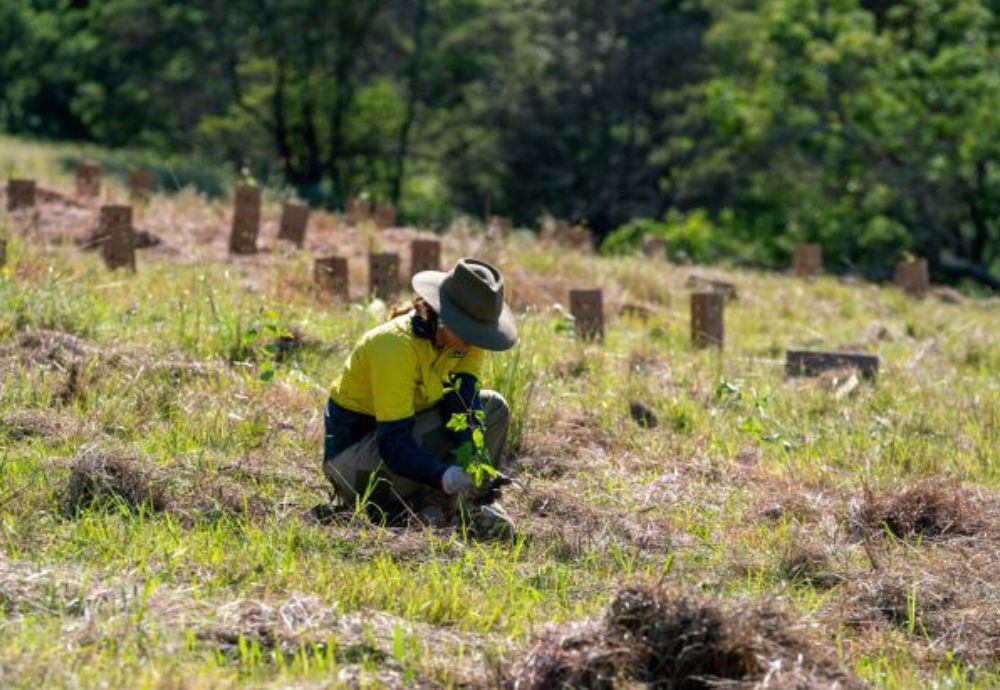Media Releases
Contact media@wires.org.au for enquiries or call 0416 272 153.
Read the latest updates on our emergency and bushfire projects here.
Glideways, Flyways and Stepping Stones

Partnering in the long-term recovery of the Great Eastern Ranges
WIRES has announced a partnership with the Great Eastern Ranges (GER) to support post fire recovery of wildlife across southeast Australia.
WIRES is providing $500,000 to deliver a series of coordinated, complementary and scalable projects to protect, restore and reconnect habitat in priority locations.
Glideways, Flyways and Stepping Stones will support over 22 species of wildlife impacted by the Black Summer bushfires, including endangered and vulnerable native animals such as koalas, greater gliders, spotted-tail quolls, masked owls and grey-headed flying-foxes.
Proposed initial priority recovery landscapes are:
1. Border Ranges & Upper Clarence
2. Greater Blue Mountains
3. South Coast
WIRES Chief Operating Officer, Kyla Shelley said “GER had the foresight to begin working on connectivity conservation 15 years ago, to protect natural resources across eastern Australia and stem the loss of native species. WIRES is looking forward to working closely with the GER and their regional partners to address the major threat of habitat loss impacting wildlife which has been exacerbated by the recent floods, fires, long-term drought, and climate change.”
“Through increased collaboration between landowners, conservation groups and governments at all levels, we can maximise the quality and biodiversity of available habitat in key locations, to rebuild and grow wildlife populations,” said Shelley.
According to Gary Howling, Chief Executive Officer Great Eastern Ranges Ltd. “Our partnership with WIRES will enable a growing network of landholders and other conservation organisations to work closely with carers to support the recovery of our habitats and wildlife. A focus of our efforts will be to restore locations that can serve as suitable release sites.”
“We will be using best practice science and trialling innovative approaches to support the recovery of wildlife and build resilience in the face of future climate disasters. This includes the use of scent detection dogs, drones and acoustic monitors for site assessments and to track the recovery of animal populations,” said Howling.
The project will be implemented over two years. It will include identifying suitable areas for regeneration of natural habitat, installation of nest boxes, supporting the recovery of wildlife populations and activities that enhance landscape resilience to future climate disasters.
Search
Newsletter
Stay in touch and get our regular rescue stories, WIRES updates and a free copy of our 15 Ways to Help Wildlife ebook
Recent Posts
- WIRES Northern Rivers & Clarence Valley welcome new Emergency Responder and Wildlife Ambulance
- WIRES Supports Tasmanian Wildlife and Wildlife Rehabilitators
- WIRES Research Grants Program 2023
- WIRES awards 75 Grants to support wildlife sector
- New Voice to fight for koala protection: Sydney Basin Koala Network
- Bravecto Spot-On for Dogs is combatting wombat mange
- Join the fight to save wombats from mange
- Radicool Australia and WIRES release new range of kids UV protection hats and swimsuits
- Spring has sprung: Native Animal ornaments are back at Woolworths
- Highlighting native animal research in Australia
